5 day embryo transfer
 IVF #2 w/ICSI | 5 DAY EMBRYO TRANSFER - YouTube
IVF #2 w/ICSI | 5 DAY EMBRYO TRANSFER - YouTubeTU TURNEYTake control of your fertility and family building options. Help is within your reach. We are SMART about ARTAt IRMS, we are changing the way the world looks at fertility. APOYO " WELLNESSRecognizing the stress that fertility treatment can cause we have a full support team available. FINANCIAL INFORMATION The use of the financial aspects of fertility can be discouraging. We'll help you get the attention! ELECTIVE EGG FREEZING Finally, here is a "security policy" to have your own biological child. And not when your biological clock says it, but when you say it. EGG DONORS Give yourself! IRMS seeks healthy eggs donors from all ethnic origins." You have to be in it to win it. With all seriousness, I am saying that if no embryo(s) is transferred to a uterus in a fresh cycle, there can be no pregnancy (excluding biopsied embryos for genetic testing to defrost and transfer a normal embryo in the future). I am referring to IVF/ICSI cycles without a plan for genetic tests that plan a transfer of fresh embryos. Historically, decades ago, almost all the fresh embryos were transferred on the 3rd, not on the 5th, since the laboratory capacity could not cultivate embryos in the culture to blastocyst at that time. Currently, most IVF laboratories can cultivate blastocyst embryos for fresh transfer or biopsy for genetic testing. Pregnancy rates with day 3 vs. day 5 embryo transfer are comparative; transfer 2 days 3 embryos has the pregnancy rate of 1 day 5 embryo but has an approximate probability of 20% of the twins. As we all know, there is a great biological variability in the response of the female cycle to the quantity and quality of the number of embryos and development. In women with few embryos in the lab, it is often better to make a day 3 transfer instead of "push" these few or sub-optimal embryos a day 5 for an explosion transfer; these embryos can "star" and therefore there is no transfer on the day 5. Many hundreds of thousands of children have been born after the transfer of the day 3 embryos, and this is also true for today's patients. With regard to my colleagues in Embryology, a woman's uterus remains a better "incubator" than a laboratory; many days 3 embryos can thrive and implant a woman's uterus for a pregnancy that cannot survive in a laboratory environment. If you've done a IVF/ICSI cycle and received the sad phone call on day 5 that all your embryos have "rested" and will not have a transfer, look for a second opinion before your next cycle. You could become pregnant with an embryo transfer on day 3. Dr. Margaret Garrisi brings more than 25 years of experience and achievements in Obstetrics, Gynaecology and Infertility as Medical Director of Assisted Reproductive Reproductive Reproductive Endocrinology Division of IRMS NJ. Before joining IRMS, Dr. Garrisi practiced at the Center for Reproductive Medicine and Infertility at Cornell University Medical Center, and served as an associate professor of obstetrics and gynaecology at Cornell Weill Medical College, where she completed her residency training in obstetrics and gynaecology. Dr. Garrisi completed his scholarship in reproductive endocrinology at the Monte Sinai Medical Center in New York. An assistant physician in IVF for more than two decades, is certified in obstetrics and gynaecology, as well as reproductive endocrinology. To book a consultation with Dr. Garrisi or any other wonderful team of doctors, please leave us a line in our or call us at (973) 322–8286. Reply Your email address will not be published. Required fields are marked *Comment Name * Email * Website Save my name, email and website in this browser for the next time you comment. We are fully open for business in all offices! Your health is our top priority: we have implemented strict safety protocols for appointments in person and continue to offer telemedicine consultations with extended times, including evenings! Should I have a COVID-19 vaccine? IRMS is following the ASRM guidelines. ASRM, ACOG and SMFM encourage all people who try to conceive and pregnant to consider Covid19 mRNA (Pfizer and Moderna) vaccines. For most people, the benefits of the vaccine will exceed the risks, but this is your decision, and you should feel comfortable before proceeding. For more information on our COVID-19 response policy, please.

Early Pregnancy Symptoms After Embryo Transfer - Making Babies in Brooklyn

Embryo Development From Fertilitzation to a Positive Pregnancy Test - AdventuristaAZ Infertility Journey Blog

Embryo Transfer & Blastocyst Transfer San Diego at La Jolla IVF

Day 5 & 6 - Assessment of blastocysts | Cambridge IVF

Pin on ~Embryo Transfer~
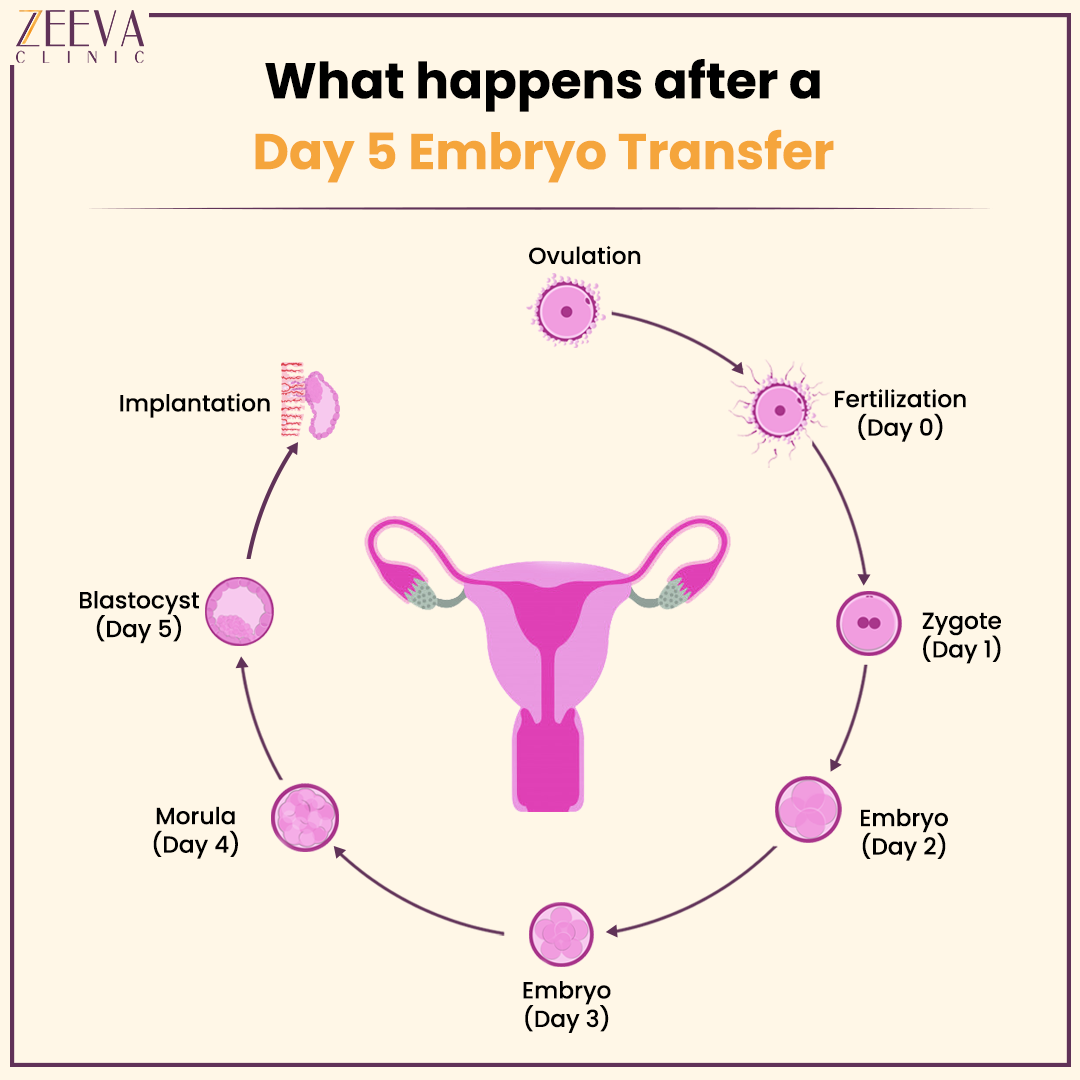
What Happens After Embryo Transfer? | by Zeeva Clinic | Medium
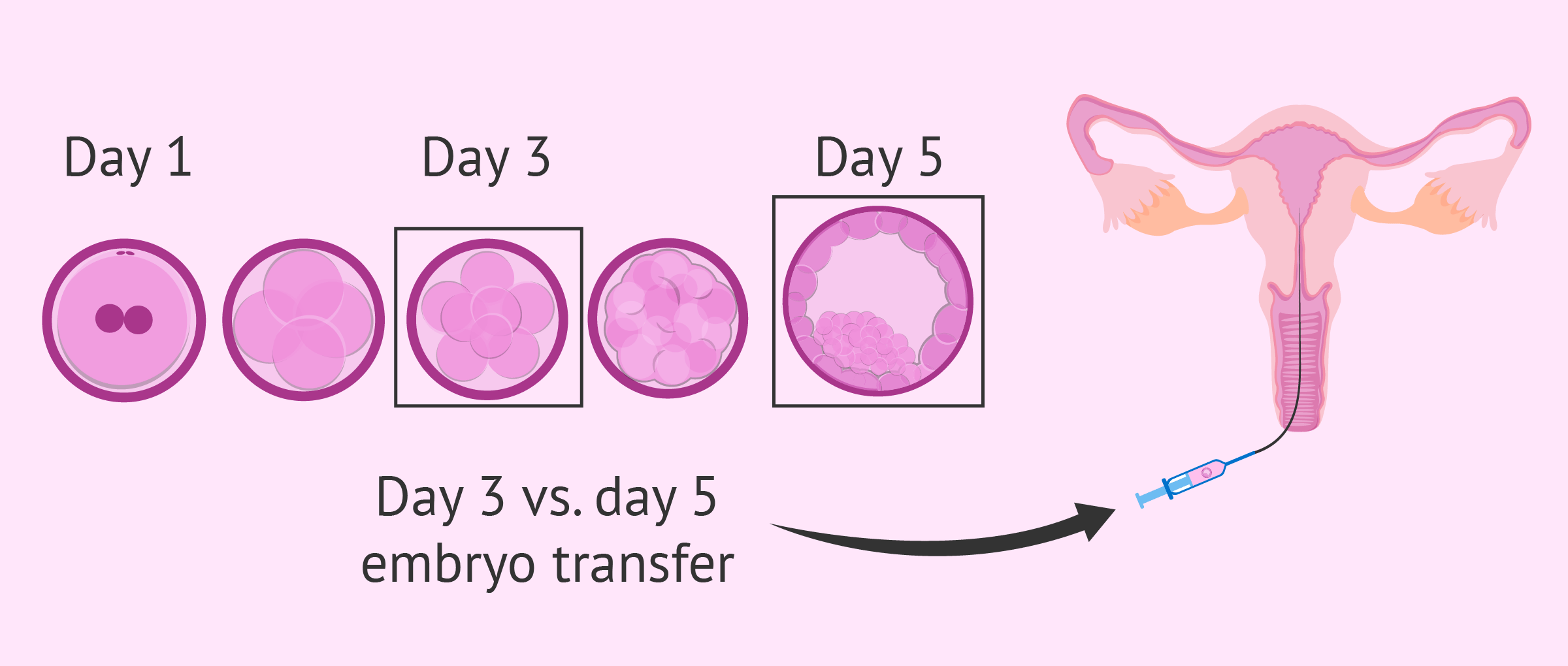
Day 5 vs. Day 3 Embryo Transfer - What Are the Pros & Cons?
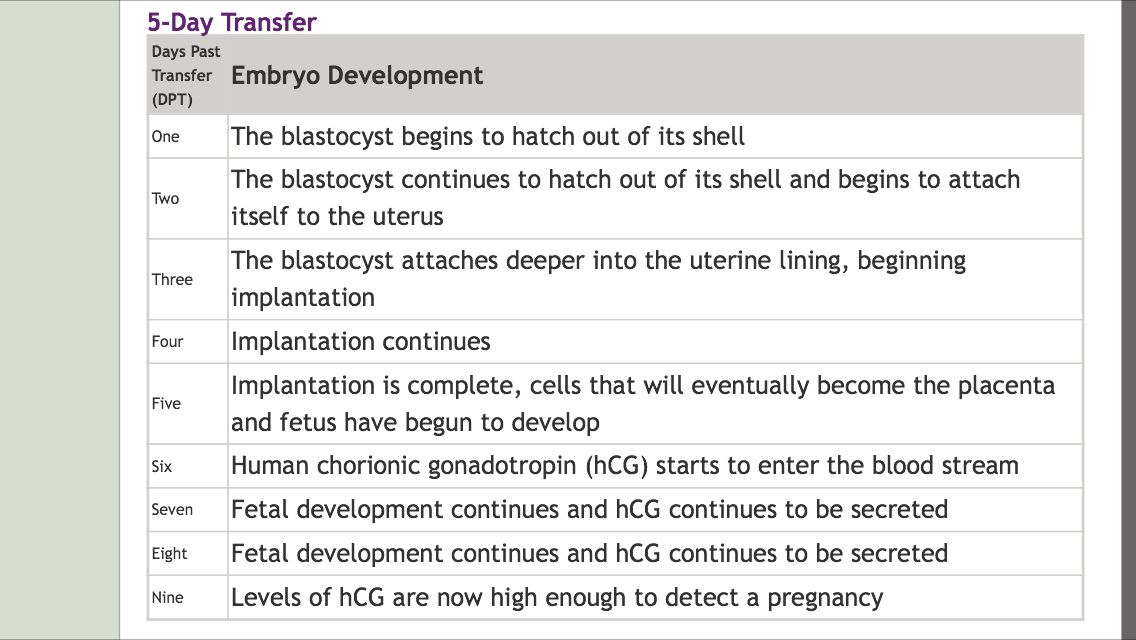
Épinglé sur Infertility Gifts

Embryo Development From Fertilitzation to a Positive Pregnancy Test - AdventuristaAZ Infertility Journey Blog
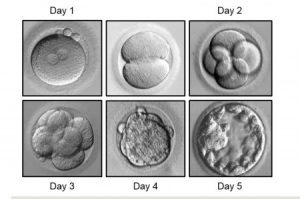
Understand Embryo Grading | Fertility Center in Utah

2DP5DT – Two Days Past 5 Day Transfer – Journey to Jake Babies

Day 5 & 6 - Assessment of blastocysts | Cambridge IVF
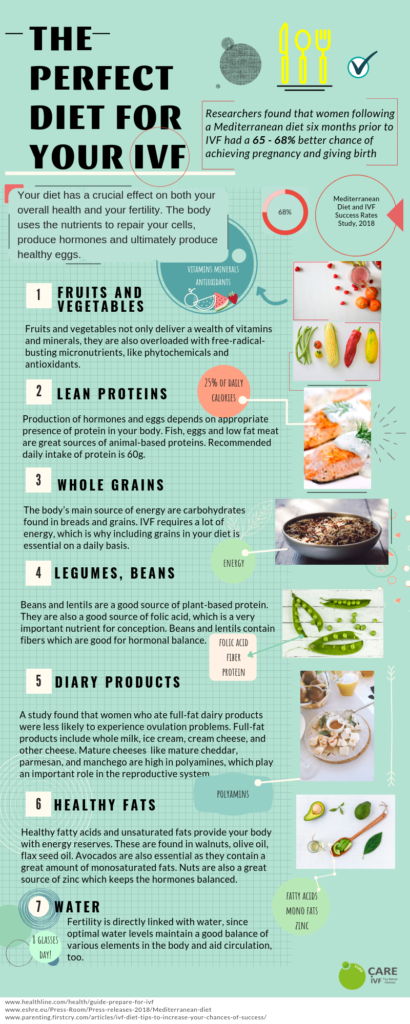
Bleeding after embryo transfer | EuroCARE IVF Center Cyprus
Embryo Transfer -

Blastocyst Embryo Transfer | City Fertility

Day 3 or day 5 embryo transfer - what's better

Day 3 or Day 5 embryo transfer? - Remembryo

5 Day Blastocyst Transfer Success Rates - Higher Than Day 3 Transfer

Examples of the embryo developmental stages selected for transfer on... | Download Scientific Diagram
What happens after Embryo transfer? Day 3 & Day 5 transfer calendar – Bubbles and Bumps

Embryo Transfer: What It Is, What to Expect, Different Types, Costs and More

7 days post 5 day embryo transfer - BFP or Pregnyl showing - Trying for a baby - BabyCenter Canada
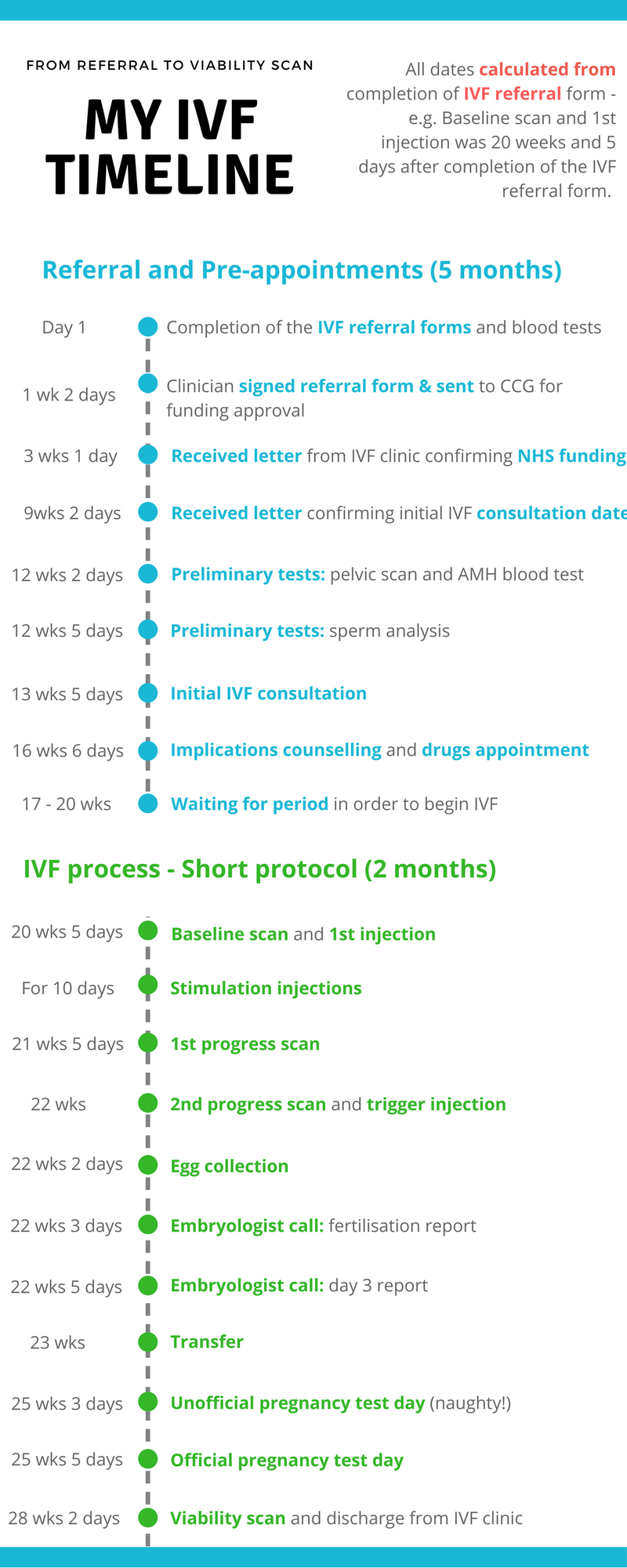
The Two Week Wait and Test day - The Preggers Kitchen IVF Series — The Preggers Kitchen

When was your bfp after 5 day embryo transfer? - IVF or FET Pregnancy | Forums | What to Expect | Page 6

Bfp after 3 day fet? - Fertility Treatments | Forums | What to Expect

Development between 6 and 16 days post transfer of day 10 embryos... | Download Scientific Diagram
Signs after embryo transfer | Day to day symptoms after embryo transfer

Embryo Transfer: What It Is, What to Expect, Different Types, Costs and More

When is The Earliest You Can Take a Pregnancy Test During IVF?

Frequently Asked Questions about Frozen Embryo Transfers | Shady Grove Fertility Blog
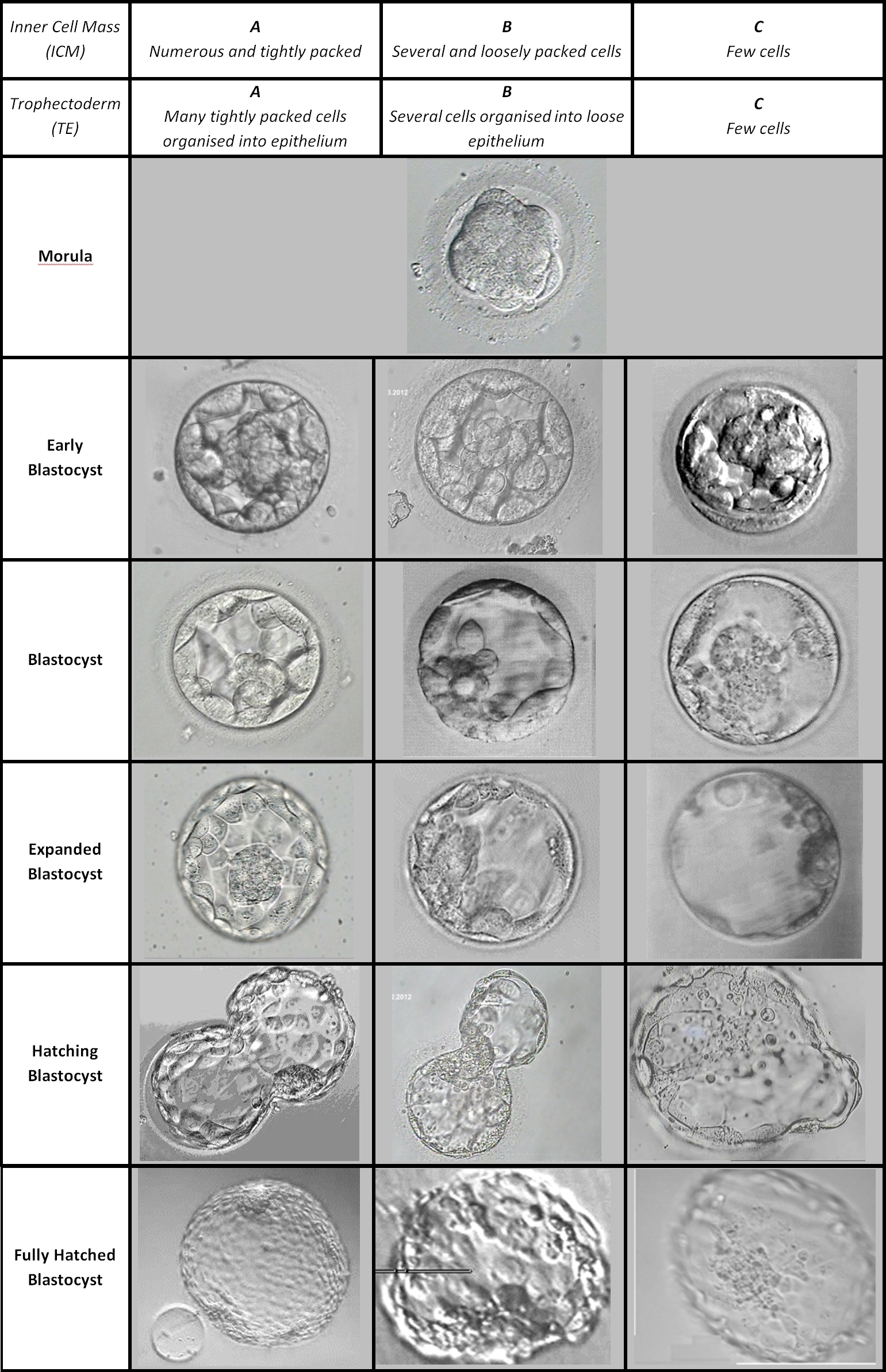
Choosing Embryos For Transfer Or Freezing - Fertility Solutions

Blastocyst Culture and Transfer | Concept Fertility
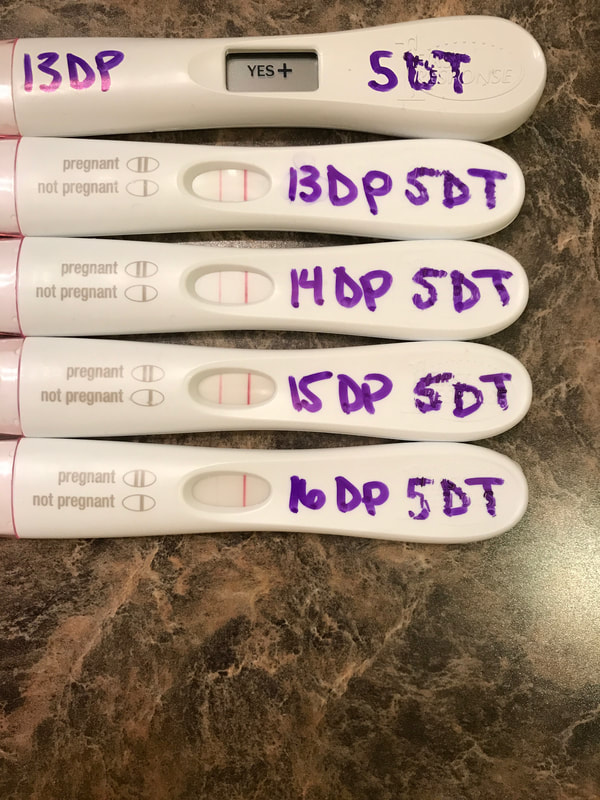
Results of our Frozen Embryo Transfer - Building our Family
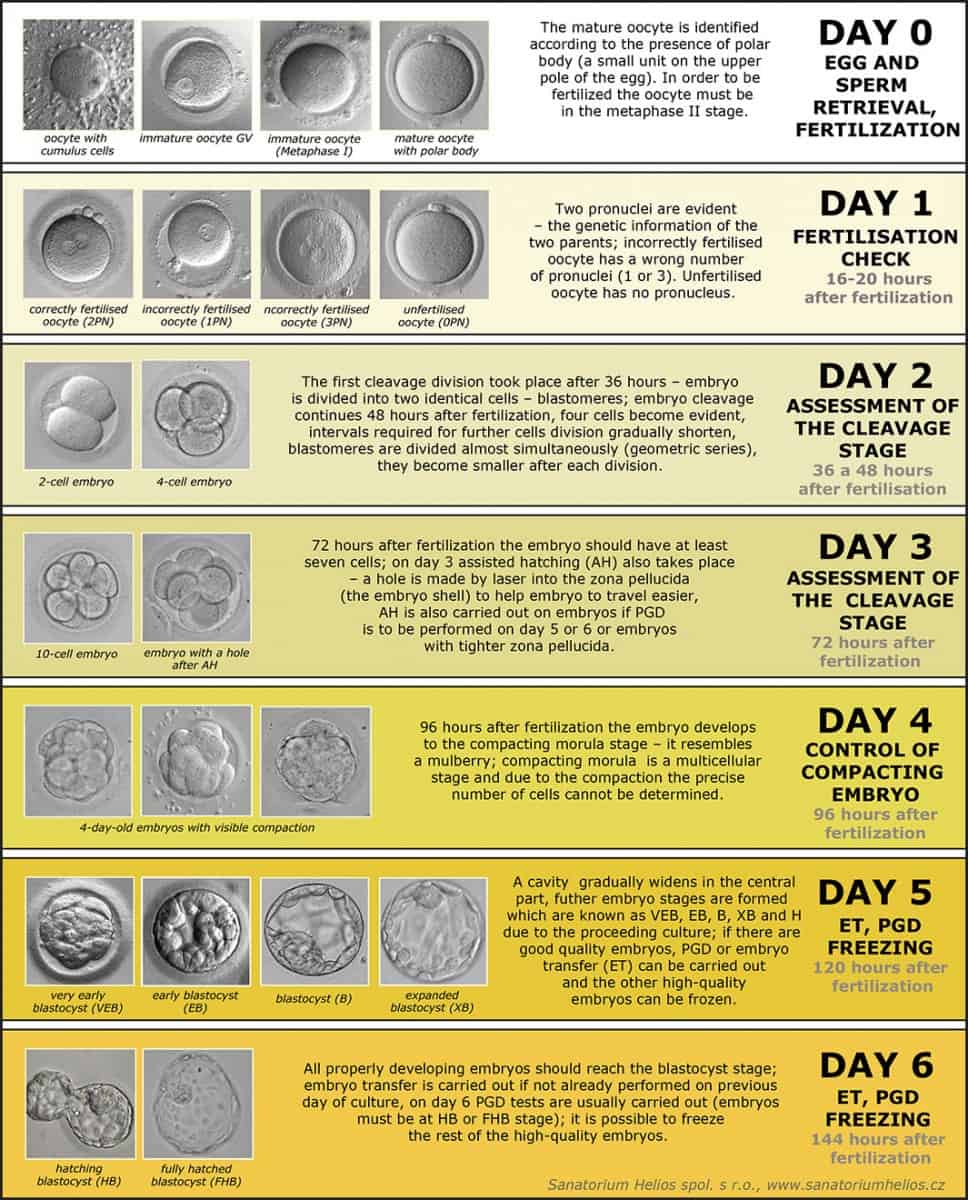
Pregnancy Test After Ivf 5 Day Frozen Transfer - pregnancy test

Difference Between Day 3 embryo And Day 5?

Journal 6: It's IVF Embryo Transfer Day! - Shannon Leach

Embryo Transfer: The Procedure & after Embryo Transfer Precautions

Day 3 or Day 5 embryo transfer? - Remembryo

Always, Katie: Embryo Transfer Day!

Embryo Transfer: What It Is, What to Expect, Different Types, Costs and More
Posting Komentar untuk "5 day embryo transfer"